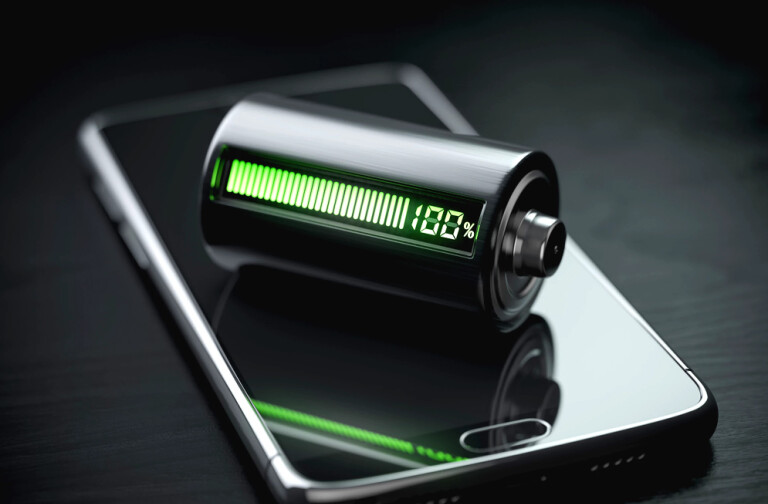
A new type of aluminium-ion battery capable of charging ten times faster than the industry standard lithium-ion is being developed at the University of Queensland.
The battery, which would be manufactured by Australian company Graphene Manufacturing Group (GMG), is said to be able to charge much more quickly, has a longer life and is easier to recycle than its lithium-ion counterpart.
In addition, experiments performed in its development by the University’s Australian Institute for Bioengineering and Nanotechnology have found it presents a lower fire risk and doesn’t appear to need parts for heating or cooling allowing precious kilograms of weight to be shaved off.
"So far there are no temperature problems," GMG managing director Craig Nicol told Forbes magazine. "Twenty per cent of a lithium-ion battery pack (in a vehicle) is to do with cooling it. There is a very high chance that we won’t need that cooling or heating at all. It does not over-heat and it nicely operates below zero so far in testing. It doesn’t need circuits for cooling or heating, which currently accounts for about 80 kg in a 100kWh pack."
The scientists working on the aluminium-ion battery development have found it packs a punch in terms of its power density – delivering around 7000 W/kg compared to just 250-700 W/kg for a lithium-ion battery. That’s almost on a level with ultracapacitors which can whack out around 12,000-14,000 W/kg, reports New Atlas.

On the flip side its energy density, which determines the range, is only around 150-160 Wh/kg (about 60 per cent of what a lithium-ion battery can achieve).
What does that mean in old money? It would power an EV which could only travel around 60 per cent as far as the equivalent Tesla on a charge – but you could recharge it so quickly it wouldn’t matter. According to GMG its tech can charge a mobile phone to full capacity in less than five minutes.
Of course, the major let down before we all get a bit too excited is the charging infrastructure. While Tesla's Superchargers reportedly pump electrons at rates of up to 250kW – representing a 60 kWh energy transfer in about 15 minutes – to charge 10 times faster you’d need to be able to instantly supply 2.5 megawatts at the charge cable, and that’s a lot. Even if charging stations had their own fast-discharge energy storage on site, charging from the grid at a slower rate, you'd also need one hell of a cable to move so many electrons that quickly.
According to New Atlas, GMG says it'll be making the coin cell prototypes for small scale customer testing by the end of 2021, but it’s not known yet when the technology is likely to hit the market. Additionally, GMG says it can produce high quality graphene at low cost and in scalable quantities but hasn’t put a cost on what it would take to manufacture the battery at scale for cars. With graphene prices currently around US$100 (AU$128) per gram, even a cheaper version could end up costing big.
Got a tip-off for a story? Get in touch: kathryn.fisk@aremedia.com.au
COMMENTS